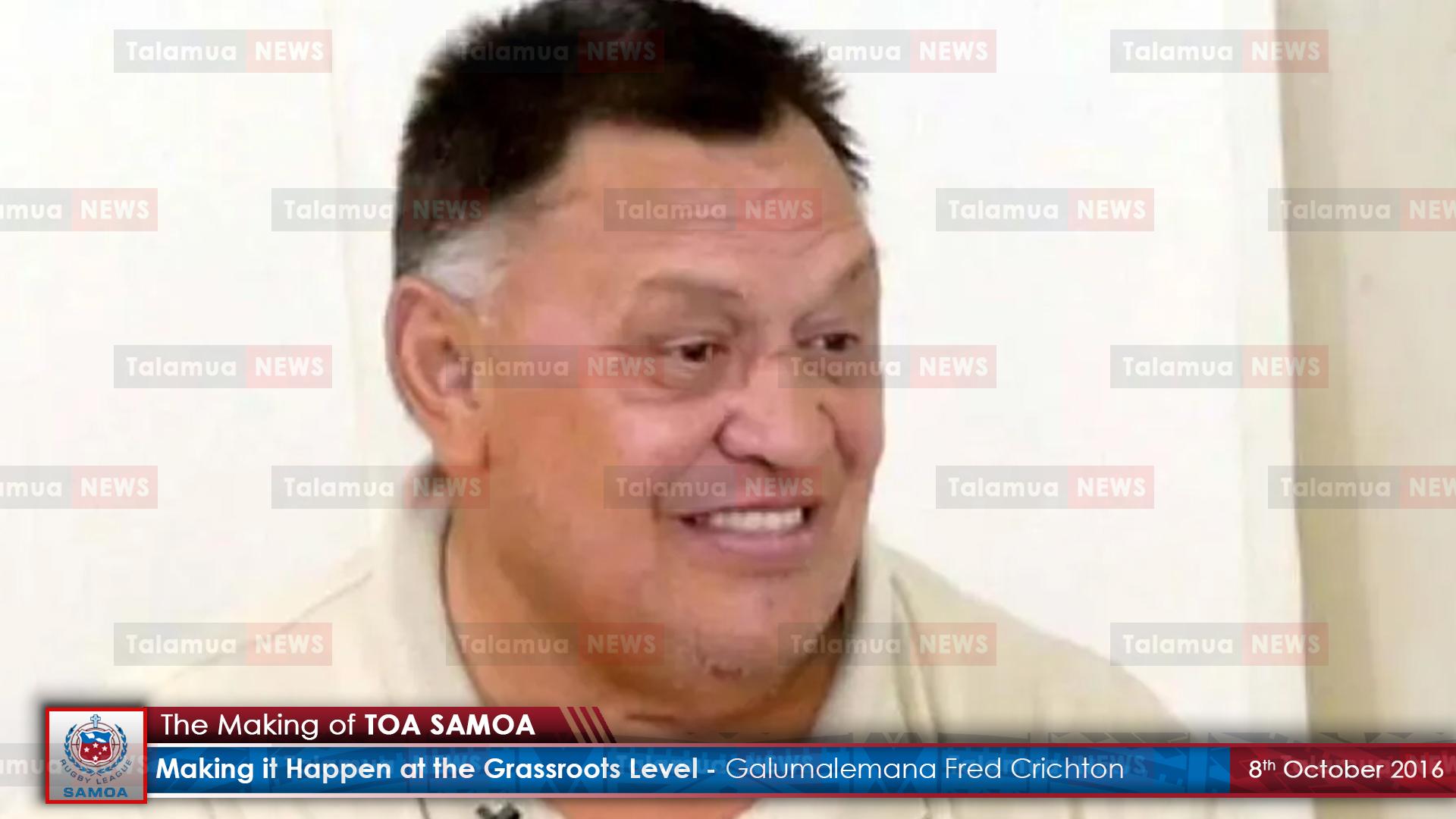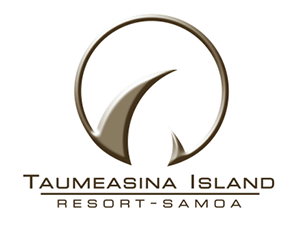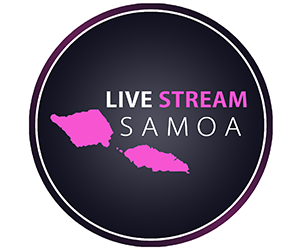Sports
THE MAKING OF TOA SAMOA: PART 5 – Making it Happen at the Grassroots Level

APIA, SAMOA – 27 DECEMBER 2022: When Super League landed in Samoa in 1995 and fronted by name players like Mel Meninga and Ruben Wiki, the local competition ballooned from 28 club teams to 56 and school teams to 96 for Upolu alone. Then four years later, things collapsed and the sport became almost non-existent.
This is the fifth in series of six articles on Rugby League Samoa’s 30 year history in celebration of Toa Samoa‘s 2022 World Cup phenomenal success.
By Lance Polu
Galumalemana Fred Crichton was among the Development Officers who pushed the development programme in the villages together with former Manu Samoa fullback Anetele’a Aiolupo, Max MacCamish and Don Odweyer and Reverend Fuamai.
Crichton played rugby league for 13 years in Wellington.
In1986, he was one of the Samoan players who trialled for the first Samoan international team for the Pacific Cup in the Cook Islands. A team representing Samoan internationally would only be if local players were included.
After trials in Apia, the team included Anitelea Aiolupotea, To’o Vaega, Filitoga Lameta and Lomitusi Sasi.
Samoa lost to the NZ Maoris in Rarotonga and in Samoa in 1988 and only won in the 1990 cup in Tonga.
Super League impacted greatly on rugby league and the Pacific Cup that struggled to attract teams.
Crichton took over in 1996/7 and his success in doubling the teams in the competition had more to do with the support of the village chiefs and schools.
“We had money to help villages and turned from union to league for development. Lefaga combined with Safata because there was no ground there at the time. We used the Palalaua School grounds at Siumu, and the Falealili and Satalo Primary school before they developed the Sapunaoa Park. Then we had Aleipata and Anoama’a area. Anoama’a was at Saluafata, where there’s a road that runs between the grounds at where the beach is, there’s a tomb on the side and every time a car goes by we stop the game then start again.”

Gender balance and getting the female students involved in the schools development program.
At the height of this development, there were so many league teams that rugby union competition at Apia Park had to be run from 8am to 3pm, then rugby league takes over and some matches had to be played under the lights. This went on for three years.
“So from there we had players who represented Samoa in the Pacific cups and one of the fortunate things about it is that some of these players also became Manu Samoa,” said Crichton.
Getting the support of the villages Super League money played a major part that paid for the use of the grounds, team allowances and transportation.
Crichton successfully approached village chiefs to provide the support and security to ensure things went smoothly and they supported it.
“As a Development officer for the sport, I looked at security. And I saw that security had to be from the villages. So we approached the few who came in the beginning and it grew from there. We also had to provide simple things like refreshments to maintain their interest and support.”
The Tall vs the Short
In the schools, most of the principals were female. We approached them and said instead of kilos we will select the teams by height and size of the students.
“I’m not sure but I think it was a new idea that hasn’t been used elsewhere but we didn’t rely on weights too much. So quickly we say, tall, tall, tall. Short, short, short, then mix with the heavy ones to provide some balance.”
Unfortunately, when Super League and the programme fell through, all the records of the students and where they ended up were lost.

Mixed school teams at Uesiliana College, Savaii Island.
How he faced villages when things fell through
Crichton did go back and let some villages and schools know when things went down after much development. “We approached some villages and schools. But they realized we couldn’t do what we were supposed to do then most of these villages turned back to rugby union. Rugby union was struggling as well but still managed through.”
For Crichton, he started to work for Alan Grey and turned to rugby union again and helped his village (Apia) team and started what came to be known as the King of Rugby.
When Rugby League Samoa was revived in 2006, Crichton was one of the first to be called to help.
“I think it was my experience as a player, development officer, coach and team travel experience.”
Crichton is the Director of Refereeing for Rugby League Samoa. There are 8 referees and five of them have reached retirement age. So there is a need to develop some new referees. He is looking for new people with the passion for the game to redevelop and take the programme back to the villages and have a competition in the future.
With is part, he salutes all who helped Samoa rugby league to where it is today.
“For me it’s just a passion, the love of the sport,” he says.
“Our family background, my father was into rugby union, a boxer and for me personally, I just love the sport and I love any sport and I will be involved if they ask for my help and I will continue as it’s just a passion that I have.”



















